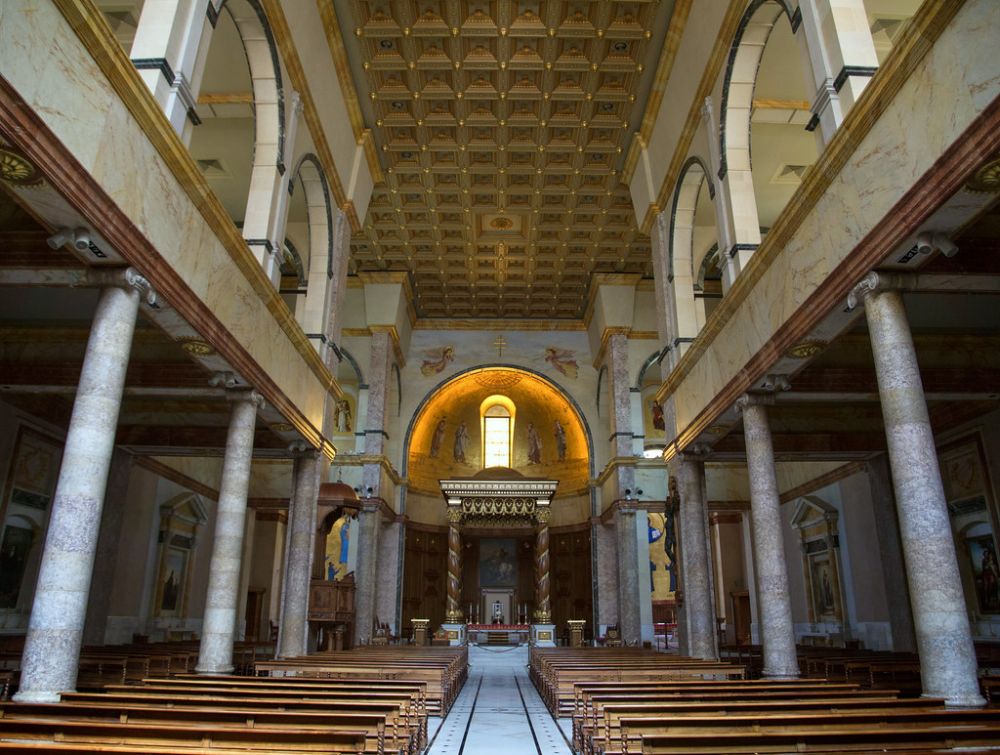

The Saint George Maronite Cathedral is a prominent religious edifice and a historical landmark located in the heart of Beirut Central District, Lebanon. The cathedral stands as a symbol of the city's rich cultural and religious heritage and has played a pivotal role in Lebanese Christian history.
Dating back to the late 19th century, this religious site has been a central place of worship for the Maronite community. The cathedral was built on the ruins of an old church that had been damaged during the 1759 earthquake. Its architecture reflects a combination of Romanesque and Byzantine styles, giving it a unique character among Beirut’s religious and historical buildings.
The cathedral suffered significant damage during the Lebanese Civil War but was beautifully restored and reopened to the public in the 1990s. This act of reconstruction was a powerful symbol of resilience and the desire of the Lebanese people to rebuild their country's historical landmarks.
Tourism surrounding the Saint George Maronite Cathedral has evolved over the years. Initially, the site attracted mostly religious tourists and pilgrims. Over time, as Beirut began to rebuild and rebrand itself as a cultural hub, the cathedral became a must-visit location for history buffs and architecture enthusiasts as well.
In the aftermath of the reconstruction period, the cathedral's historical significance and aesthetic appeal began to garner more international attention. Tour operators and the Lebanese government emphasized the religious diversity and historical depth of Beirut as major tourism selling points, with the Saint George Maronite Cathedral featuring prominently in promotional materials and city tours.
In recent years, Beirut has experienced a revival in tourism, and the Saint George Maronite Cathedral has benefited from this resurgence. Visitors are drawn to the area not just for the cathedral, but also to explore the Beirut Central District, which is known for its vibrant mix of dining, shopping, and cultural experiences.
One of the latest tourism trends in Beirut includes combining historical tours with contemporary cultural experiences. This allows tourists to understand the city’s past while engaging with its present-day dynamics. The cathedral is often part of heritage walks that showcase a blend of old and new, highlighting the contrasts and continuities of Beirut's history and modern-day appeal.
Sustainable and respectful tourism is also becoming more prominent, with local initiatives aiming to preserve the historical sites while allowing visitors to enjoy them. Moreover, the trend of local tourism has become increasingly important, with Lebanese residents rediscovering the cultural and architectural gems of their capital, including the Saint George Maronite Cathedral.
In conclusion, the Saint George Maronite Cathedral is not just a religious site but also a beacon of the Lebanese spirit and identity. Its role in tourism continues to be significant as it attracts a diverse range of visitors keen to explore the intertwining of history, faith, and culture in the heart of Lebanon's vibrant capital.